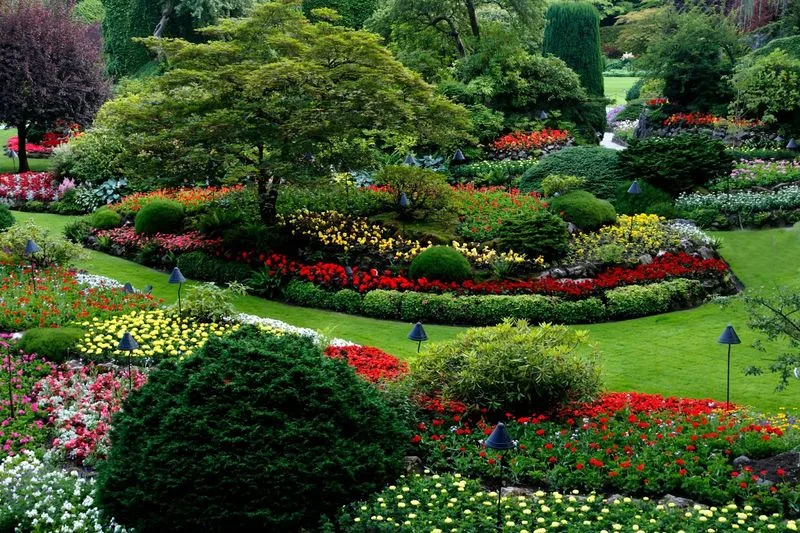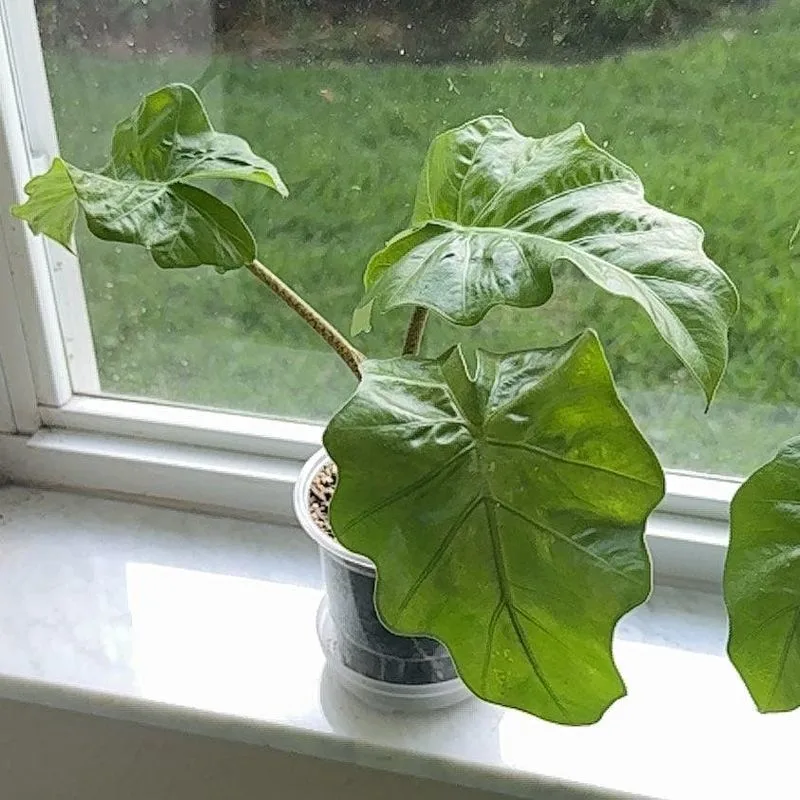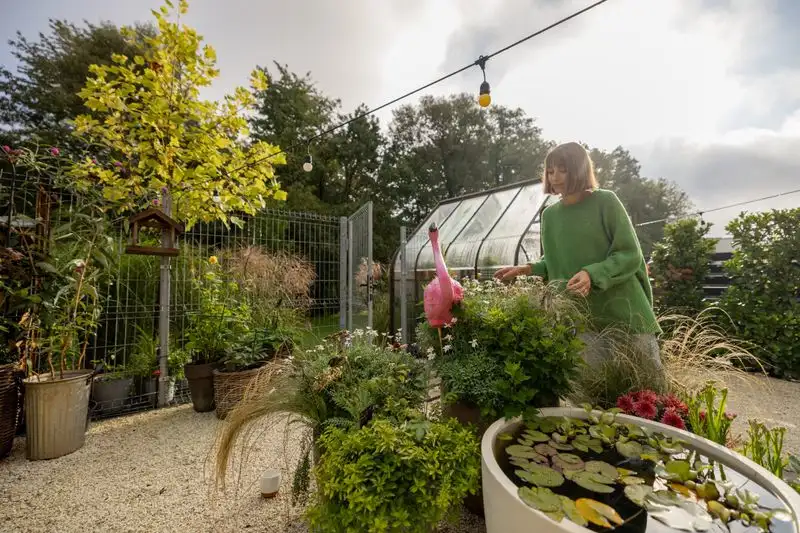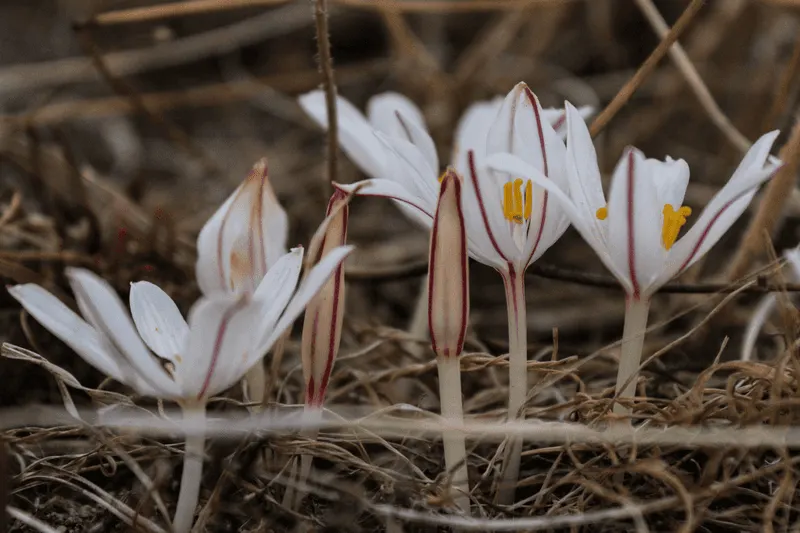Do plants really sleep? It’s a question I never thought to ask—until a particularly windy night changed everything. My monstera, usually calm and still by evening, seemed unusually alert, its leaves swaying ever so slightly indoors.
Over the next few weeks, I began to observe more closely. On calm nights, my plants would fold, droop, or close, following their usual rhythm. But when the wind picked up, their behavior shifted. Some stayed more open, some curled earlier—as if reacting to unseen signals in the air.
Could it be that plants respond to changes in atmosphere even indoors? The more I noticed, the more I realized I was witnessing a subtle but real kind of plant awareness. Wind, it seemed, didn’t just move trees outside—it influenced the sleep patterns of houseplants, too. And with that realization, my connection to my plants—and to nature—deepened in a completely unexpected way.
Rhythmic Rustling: Sound as a Lullaby

The sound of leaves rustling in the wind might seem chaotic, but to plants, it’s a soothing lullaby. On windy nights, this rhythmic rustling seems to play an auditory role similar to soft music lulling us to sleep. Imagine a garden under moonlight, where each leaf dances to its own melody, creating a symphony of whispers. This natural music might signal plants to conserve energy, focusing on stasis rather than growth. Such nights appear to recalibrate their internal clocks, providing rest against the relentless pace of daily photosynthesis. A fascinating nocturnal concert that only nature can orchestrate.
Droopy Postures: A Nighttime Slouch

Ever noticed how plants seem to droop more on windy nights? This isn’t mere coincidence. Just like humans slouch when tired, plants adopt a droopy posture to minimize exposure to the harsh elements. This subtle slouch acts as a protective mechanism, reducing the surface area subjected to the wind’s force. It’s as if they’re huddling inwards, conserving warmth and moisture. These adaptive postures are nature’s way of ensuring survival, a quiet resilience expressed through graceful surrender to the elements. Windy nights become a rehearsal for endurance, where posture plays a crucial role in thriving against odds.
Inward Retreat: Guarding the Core

The wind can be an unpredictable visitor. On such nights, many plants fold their leaves inward, guarding their core. This behavior is akin to a person pulling a blanket closer, seeking comfort and protection. By retracting their leaves, plants reduce the risk of damage from strong gusts, preserving vital nutrients stored within. The inward retreat is a strategic move, showcasing how plants prioritize safeguarding essential functions over outward appearance. It’s a subtle dance of defense, where the aim is to endure rather than expand. A silent testament to the resilience embedded in their DNA.
Stomatal Closure: Breathing with Caution

Windy nights whisper caution to plants, urging them to close their stomata. These tiny pores, integral for respiration, are akin to our nostrils. Closing them minimizes water loss and prevents desiccation—a wise move against drying winds. This precautionary measure alters their nighttime breathing patterns, ensuring survival through tough conditions. It’s a delicate balance, where closing off might mean less oxygen but more moisture retention. This calculated gamble mirrors the survival instincts found in wild creatures, highlighting an adaptive feature that might be overlooked in the calm of daylight.
Root Communication: Beneath the Surface

Beneath the soil, a fascinating conversation unfolds. On windy nights, roots engage in a unique form of communication. It’s believed that they send signals to one another, alerting about above-ground conditions. This underground network functions much like an information highway, ensuring all parts of the plant synchronize their responses. This root talk is crucial for aligning the plant’s defensive strategies, showcasing an unseen teamwork that mirrors community resilience. Such nights reveal the depth of connection within the plant world, a reminder that there’s more than meets the eye in a garden’s silent nights.

